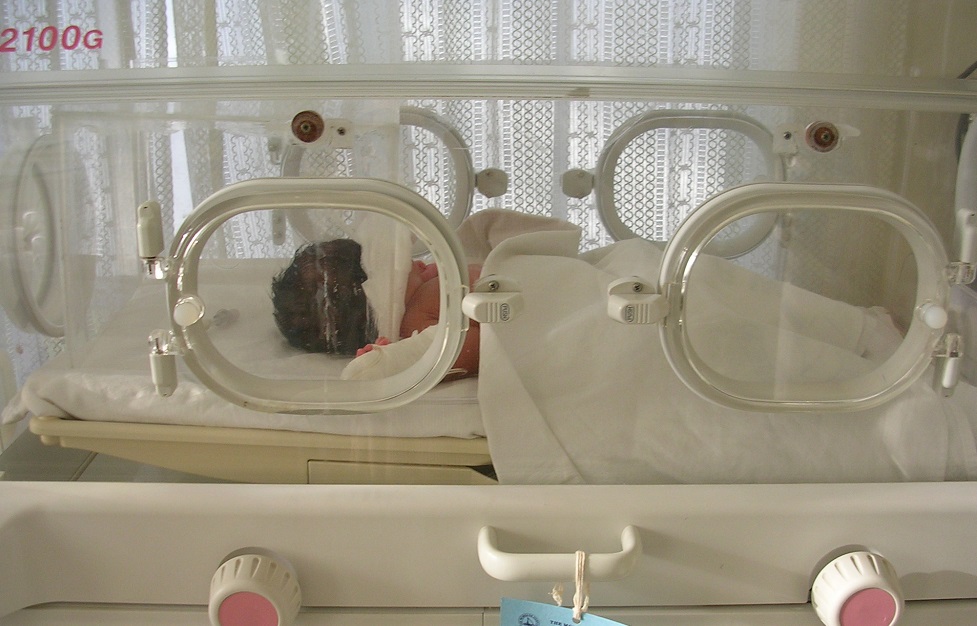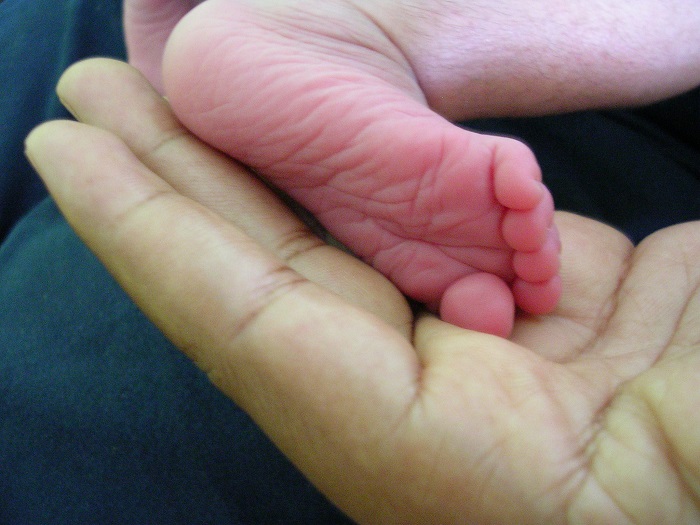
Dying babies – a preventable catastrophe.
Today, Tuesday April 19th – the Daily Nation newspaper ran an article about a baby that died soon after birth at Karatina hospital.
http://www.nation.co.ke/news/Woman-nurses-killed-my-baby/-/1056/3165318/-/qmbj63z/-/index.html
The newspaper quotes the facility’s medical superintendent, Dr David Ndegwa as saying ……
“We are not aware of such a case but birth asphyxia, under which this case falls, is common in all health facilities that offer maternity services,” said Dr David Ndegwa, the facility’s medical superintendent. “We are going to get to the bottom of this.”
This quote may have many in Kenya wanting ‘a head to roll’. Someone ought to pay for the death of this child. Yet since the introduction of free maternity care, hospitals have seen a definite rise in the deaths of new born babies. Before we make a scapegoat of the Karatina situation, let us face the facts.
Before the introduction of free maternity services in Kenya, less than half the women in the country were delivering in hospitals. At the moment about 2 of 3 women giving birth, do so in a hospital. It is a great improvement that was meant to see a drop in child deaths. However, opening the doors for women to give birth in hospital did not come hand in hand with employment of more staff. The very same staff – who were already overstretched before 2013 – are expected to take on more clients – and operate efficiently.
The lady at the Karatina hospital said she walked for a while, looking for a nurse only to find one nurse, asleep on the floor. Even though the public may blame this nurse, it is all too easy – she is low lying fruit.
There is a big problem here.
Why is a single nurse left to look after tens of women and little children for a whole night, with no one to relieve her? It is simply not fair to blame this nurse for the calamity at Karatina. There is a system failure.
Let us take a closer look at birth asphyxia – which is what the child at Karatina was supposed to have suffered from.
Birth asphyxia occurs when a baby’s brain does not get enough oxygen before, during or just after birth. Without oxygen, our human bodies cannot function. A brain without oxygen will get severely damaged.
The common causes of birth asphyxia are the ones resulting from prolonged deliveries. If a delivery takes too long, the unborn child goes into distress which can lead to birth asphyxia. This is the reason why during a prolonged labour, the unborn child needs to be closely monitored.
Sometimes the umbilical cord itself gets kinked or twisted. When this happens, the unborn child fails to get enough oxygen, hence birth asphyxia.
Sometimes, a woman is in labour and the cervix (the opening of the womb) just fails to open adequately enough to let the child out. This is what happened to me when I delivered my first born. I had intended to have a ‘normal’ delivery, but my cervix would not let up. I was lucky because in the hospital I gave birth, my unborn child was monitored very closely. The level of care I received was exceptional. The midwife sat with me during the process, checking my unborn baby and I regularly. The birth was induced (2 weeks overdue) but I was in labour for less than 6 hours before the midwife decided that to attempt a natural delivery would lead to death or severe damage to my child. She had noticed when his heart rate started to decline. I was rushed to theatre in such haste, it felt like I was in a movie. The CS saved my child’s life. But he was ‘tired’ and remained in intensive care for 10 days.
I did not feel in danger when I was rushed to the theatre – I could not sense that my baby was in distress. Without that monitoring, a mother in my situation, only 6 hours of labour, would have continued with the birth, unaware that her child is slowly getting badly damaged.
It is not possible to get exactly this level of care in our public hospitals, but it is possible to at least have more than 2 midwives on duty in a hospital during the night. Theatres should also be available for emergency CS. I know of a hospital where unborn babies die while mothers are queuing waiting to go into a theatre.
Hospital systems need to place the unborn child right up there with the walking ones.
At the moment there appears to be a county competition, the goal being – how many ambulances can you buy? What is the point of an ambulance if there are not enough nurses and right equipment to save the unborn child? Don’t get me wrong, ambulances are good, but they have become the thing that governors hide behind when they are asked what they are doing about health in their county. We need more medical staff and more equipment to save our babies from birth asphyxia.
Birth asphyxia has far reaching consequences that I will talk about next time.



